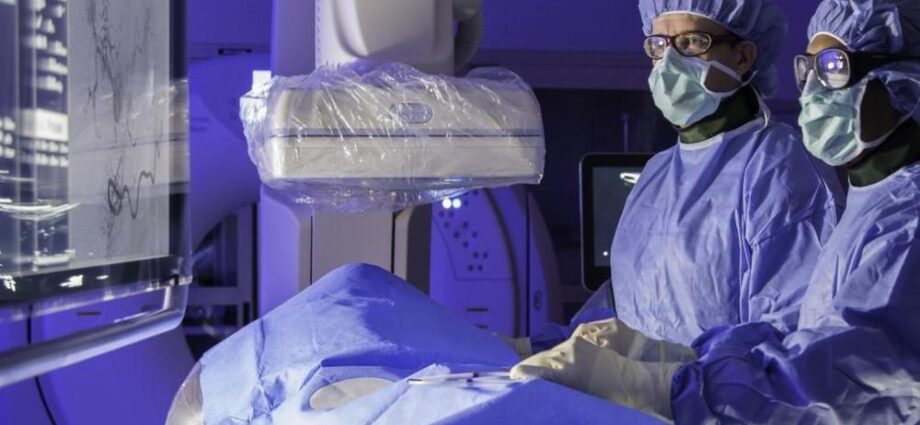In the ever-evolving landscape of medical science, interventional radiology ablation techniques have emerged as a game-changer. These minimally invasive procedures are gaining momentum, offering patients hope and healing with fewer risks and shorter recovery times. In this blog, we’ll dive into the world of interventional radiology, highlighting the latest advancements that are reshaping the way we treat various medical conditions.
The Latest Advancements
Now, let’s explore some of the cutting-edge advancements that are transforming the landscape of interventional radiology:
1. Nanotechnology in Ablation
Nanotechnology has made significant inroads in interventional radiology ablation techniques. Researchers are developing nanoscale materials that can be delivered through the catheter to precisely target and destroy abnormal cells. These nanoparticles can carry therapeutic agents, enhancing the effectiveness of the treatment while minimizing damage to healthy tissues. This represents a promising avenue for improving the precision and outcomes of ablation procedures.
2. Immunotherapy Integration
Combining ablation techniques with immunotherapy is another exciting development. By using ablation to destroy tumours or abnormal tissues and then stimulating the patient’s immune system, we can enhance the body’s ability to fight cancer and other diseases. This approach shows great potential for improving long-term outcomes and reducing the risk of recurrence.
3. Robot-Assisted Ablation
Advancements in robotics have also found their way into interventional radiology ablation procedures. Robot-assisted systems offer greater precision and control during ablation, allowing for more complex and delicate procedures. Surgeons can remotely manipulate robotic arms to perform precise interventions with minimal invasiveness, reducing patient discomfort and speeding up recovery.
4. Cryoablation for Various Conditions
Cryoablation, a technique that uses extreme cold to destroy abnormal tissues, has expanded its applications. While it has been primarily used in treating liver, kidney, and lung tumours, it is now being explored for other conditions, such as cardiac arrhythmias and benign growths. This broadening of cryoablation’s scope underscores its versatility and potential to benefit a wider range of patients.
5. Real-time Monitoring and Imaging
Real-time monitoring and imaging tools allow radiologists to track the progress of the procedure and make necessary adjustments on the spot. This ensures that the treatment targets only the abnormal tissues, reducing the risk of damage to healthy organs and structures.
6. Personalized Treatment Plans
As our understanding of the genetic and molecular factors that contribute to diseases grows, so does the potential for personalized treatment plans. Interventional radiologists can tailor ablation procedures to each patient’s unique genetic profile, ensuring the most effective and targeted treatment possible.
Advantages of the Latest Ablation Techniques
The latest advancements in interventional radiology techniques offer a multitude of benefits for both patients and healthcare providers:
1. Enhanced Precision
With nanotechnology, robotics, and real-time monitoring, procedures are more precise than ever before. This precision means that treatment targets only the abnormal tissues, leaving healthy tissues unharmed.
2. Reduced Recovery Time
Minimally invasive techniques and improved precision translate into shorter recovery times for patients. Many individuals can return to their normal activities within days, rather than weeks or months.
3. Lower Risk of Complications
The reduced invasiveness of these advanced procedures also lowers the risk of complications, such as infection or excessive bleeding. Patients can feel more confident in the safety of their treatments.
4. Expanded Treatment Options
The versatility of these advancements has expanded the scope of conditions that can be treated with interventional radiology ablation. This means that more patients can benefit from these minimally invasive techniques.
5. Improved Long-Term Outcomes
Immunotherapy integration and personalized treatment plans have the potential to improve long-term outcomes, reducing the likelihood of disease recurrence and enhancing the patient’s overall quality of life.
Conclusion
In the world of medical science, interventional radiology ablation techniques have taken a giant leap forward with the latest advancements. These innovations promise greater precision, reduced invasiveness, and improved outcomes for patients facing various medical conditions. From nanotechnology to robotics and personalized treatment plans, these developments represent a brighter and more hopeful future for healthcare.

